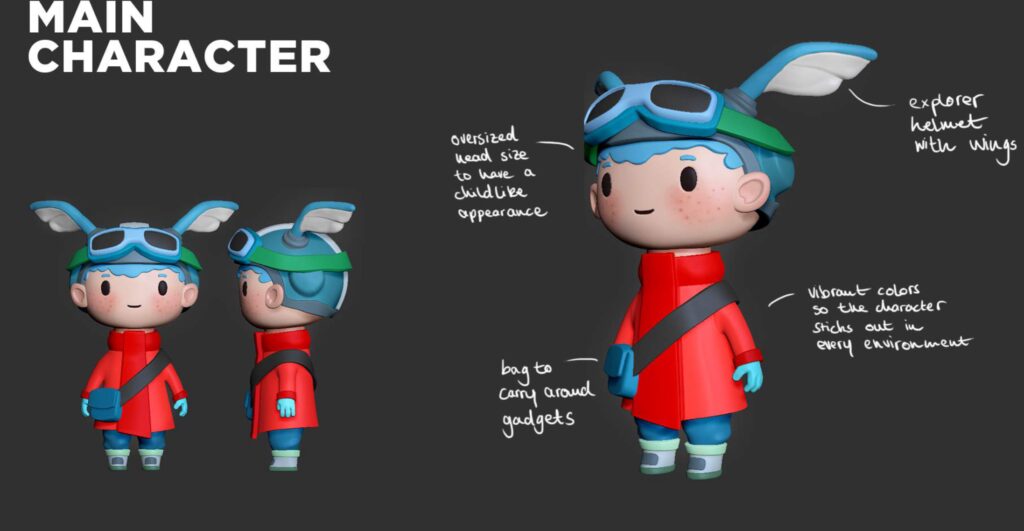Video game character design involves a complex process that may take months or even years to complete. The first stage is conceptualization, which involves creating ideas and concepts for the character through brainstorming sessions, sketches, and research. The next stage is character design, which involves the creation of the character’s appearance, personality, backstory, abilities, weapons, and accessories. After completing the character design, the next stage is iteration, which involves testing and refining the character to ensure that it is fun, engaging, and balanced. Finally, the polishing stage involves adding the finishing touches to the character, such as animations, voice acting, and sound effects, resulting in a memorable and engaging character that enhances players’ gaming experience.
From Concept to Reality: The Creative Process of Video Game Character Design
Introduction
Have you ever wondered how your favorite video game characters came to life? The process of video game character design involves a lot of creativity, imagination, and hard work. It is a complex process that may take months or even years to complete. In this article, we will explore the various stages involved in video game character design, from concept to reality.
Stage 1: Conceptualization
The first stage of video game character design is conceptualization. This involves the creation of ideas and concepts for the character. The game developers usually start with a general idea of the kind of character they want to create. This may be based on the game’s theme, genre, or story.
The character’s concept is usually developed through brainstorming sessions, sketches, and research. The goal is to come up with a unique and memorable character that will resonate with the players.
Stage 2: Character Design
Once a concept has been finalized, the next stage is character design. This involves the creation of the character’s appearance, personality, and backstory. Designers use various tools such as 3D modeling software and digital painting to bring the character to life.
Character design also involves the creation of the character’s abilities, weapons, and accessories. These elements are carefully crafted to ensure that they are balanced and fit well with the game’s mechanics.
Stage 3: Iteration
After the character design has been completed, the next stage is iteration. This involves testing and refining the character to ensure that it is fun, engaging, and balanced. The character is tested in various game scenarios to ensure that it works well with different play styles.
During this stage, the game developers may make changes to the character’s appearance, abilities, and backstory. The goal is to create a character that is well-balanced and fits seamlessly into the game’s world.
Stage 4: Polishing
Once the character has been tested and refined, the final stage is polishing. This involves adding the finishing touches to the character, such as animations, voice acting, and sound effects. The goal is to create a character that is visually appealing and feels alive.
During this stage, the game developers may also tweak the character’s abilities and stats based on feedback from players. The goal is to create a character that is satisfying to play and enhances the overall gaming experience.
Conclusion
Video game character design is a complex process that involves creativity, imagination, and hard work. From conceptualization to polishing, the process may take months or even years to complete. The end result is a memorable and engaging character that resonates with players and enhances their gaming experience.
